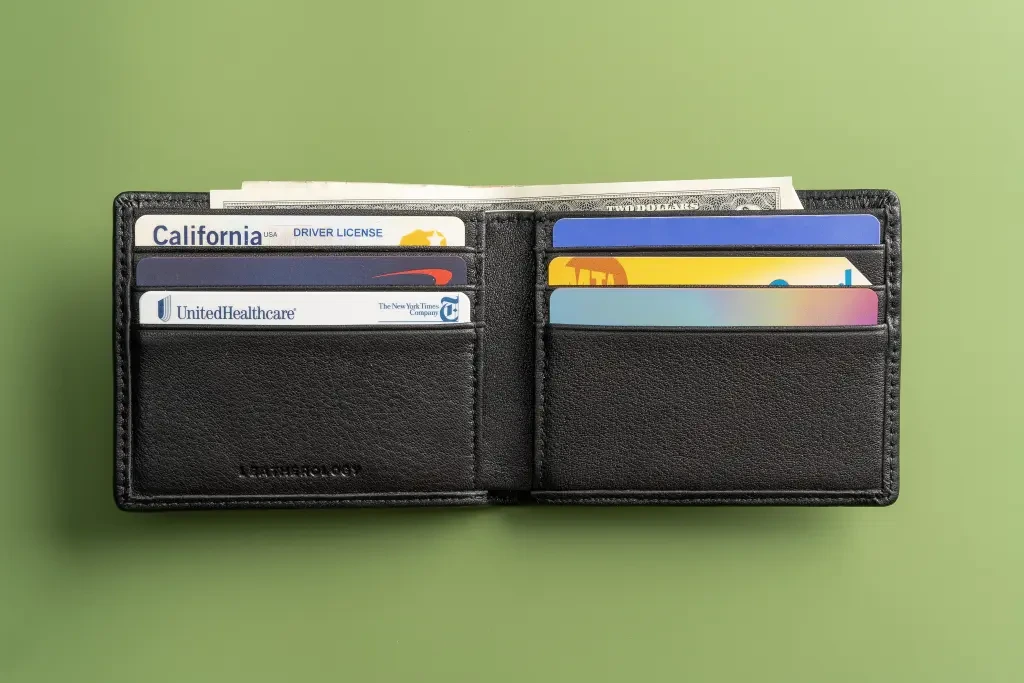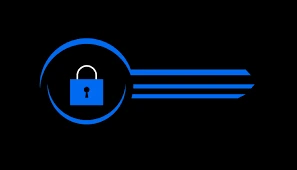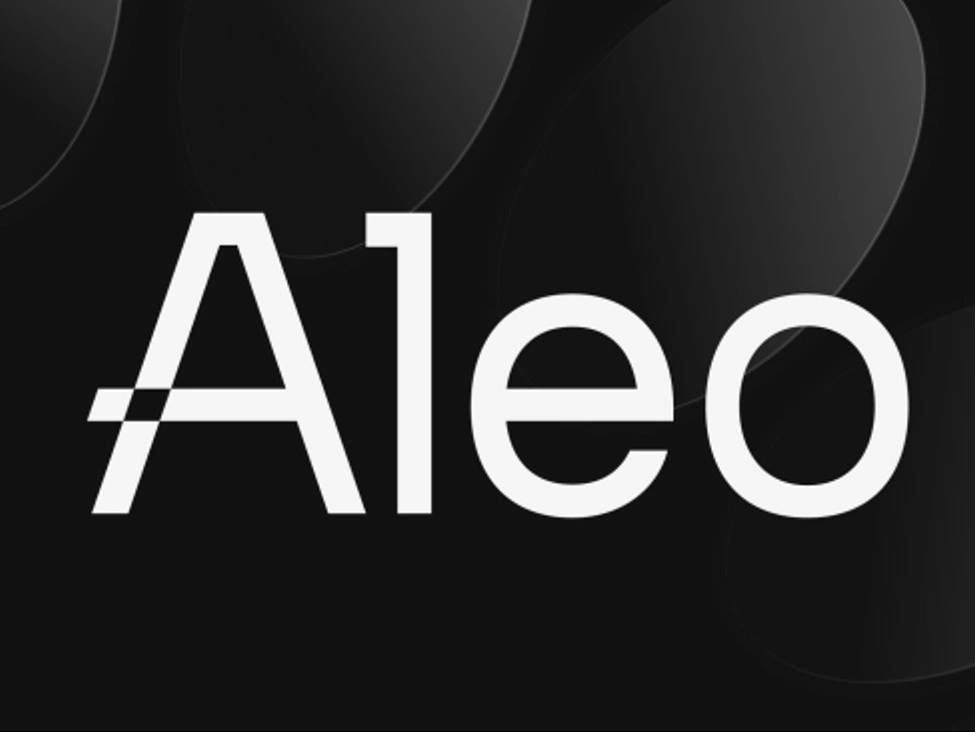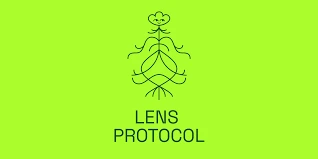What Web3 Privacy Really Means — And Why It Matters
May 31, 2025

Web3 Privacy Explained: What It Is and Why It’s Important
In conversations concerning the internet’s future, the phrase “Web3 privacy” has undoubtedly been mentioned. What does it actually mean, though? Does this represent a significant shift in the protection of our online identities, or is it just another tech fad?
Let’s break it down.
From Web2 to Web3: A Shift in How Data Works
Centralized systems power the modern internet, sometimes referred to as Web2. Businesses store your data when you sign up for services. This covers anything they can gather about you, such as your location, likes, purchases, and browsing history.
Usually kept on centralized servers, this data is either sold to outside parties or utilized for targeted advertising. You are the product in this model.
By granting people authority over their data, Web3 seeks to alter this paradigm. To cut down on pointless data collecting and lessen dependency on centralized systems, it makes use of decentralized technology and cryptographic techniques.
How Web3 Privacy Actually Works
Web3 privacy is built on a few key technologies:
- Cryptographic Wallets: These are digital wallets that allow users to interact with Web3 applications without revealing personal information. Your wallet might be public, but it’s not automatically tied to your real-world identity.
- Zero-Knowledge Proofs (zk-proofs): This is a way to verify something is true without revealing the actual information. For example, you can prove you’re old enough to access a service without sharing your birthdate.
- Decentralized Storage: Instead of your data being stored in one place (like Google’s servers), Web3 applications can store it across decentralized networks, reducing the risk of a single point of failure or surveillance.


Together, these tools allow users to maintain more privacy and agency online.
What’s Different: Control and Consent
Privacy in Web3 refers to deciding when and how to disclose information, not withholding it.
For instance, you may use a platform that allows you to demonstrate your eligibility (by providing your age, location, and qualifications) without disclosing who you are. You don’t have to give up your entire digital footprint to engage in online places.
Rather than exposing everyone, it’s about selective transparency.
Limitations of Web3 Privacy Today
Despite the promise, Web3 privacy isn’t perfect yet.
- User Experience Is Still Evolving: Setting up and managing wallets, understanding privacy layers, and using decentralized tools can be difficult for non-technical users.
- On-Chain Data Is Public: While your name might not be attached, your wallet activity is often publicly viewable on the blockchain. If your wallet ever gets linked to your identity, your activity can be traced.
- Not All Projects Prioritize Privacy: Some Web3 applications still collect more data than necessary or lack strong privacy protections. As with any technology, implementation matters.


Why It Still Matters
Even with its flaws, Web3 privacy introduces a better default: control by the user, not the platform.
Giving people the ability to manage their own data is a significant step forward in a digital world where continuous surveillance has become the norm. The shift from “data collection by default” to “consent by design” is indicated by this.
This is already being shown to be possible with projects like Aleo, Lens Protocol, and others that combine privacy with innovation and usability.


Final Thoughts: A Work in Progress, But Worth Understanding
The privacy of Web3 is still developing. For the majority of users, it is not yet ready to take the position of Web2 platforms’ ease of use and simplicity. However, there is an increasing need for alternatives as more people realize how much data they are giving up and how it is being utilized.
Being an informed digital citizen requires an understanding of Web3 privacy. Understanding your alternatives is the first step to making safer, more informed decisions online, regardless of your level of curiosity or active exploration of the Web3 environment.
The technologies we employ to protect ourselves will evolve along with the internet. And perhaps one of the most significant changes to keep an eye on is Web3 privacy.
Relevant Link : Here

